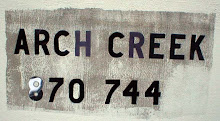From a NIH website:

Overall, 10 to 20 percent2 of Americans experience GERD [gastroesophageal reflux disease] [acid reflux] symptoms every day, making it one of the most common medical conditions. People of all ages can have GERD. . . .Barrett’s esophagus can only be diagnosed using an upper gastrointestinal (GI) endoscopy to obtain biopsies of the esophagus. In an upper GI endoscopy, after the patient is sedated, the doctor inserts a flexible tube called an endoscope, which has a light and a miniature camera, into the esophagus. If the tissue appears suspicious, the doctor removes several small pieces using a pincher-like device that is passed through the endoscope. A pathologist examines the tissue with a microscope to determine the diagnosis. . . .
People with Barrett’s esophagus have a low risk of developing a kind of cancer called esophageal adenocarcinoma. Less than 1 percent3 of people with Barrett’s esophagus develop esophageal adenocarcinoma each year. Barrett’s esophagus may be present for several years before cancer develops. Esophageal adenocarcinoma is frequently not detected until its later stages when treatments are not always effective. . . .
Periodic endoscopic examinations with biopsies to look for early warning signs of cancer are generally recommended for people who have Barrett’s esophagus. This approach is called surveillance. . . .

No comments:
Post a Comment